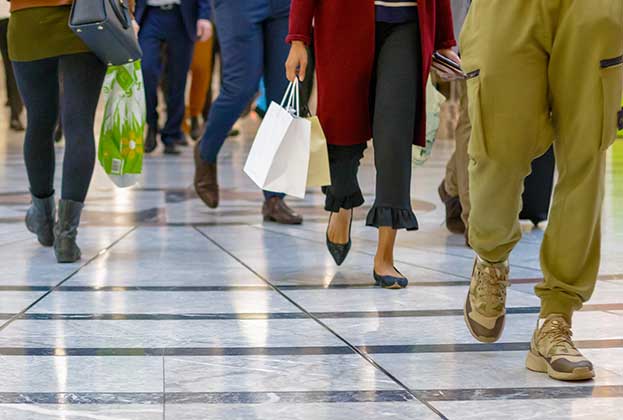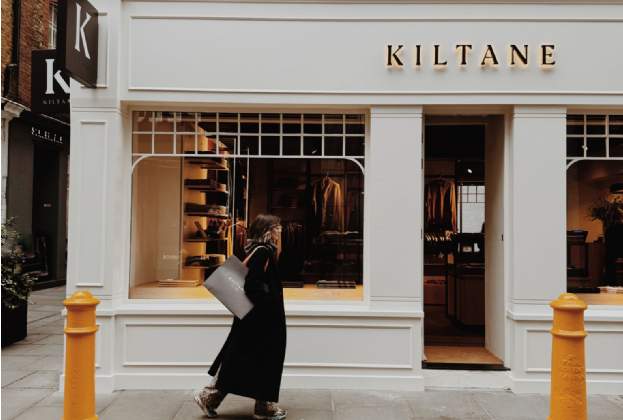The out of town retail sector has shown strong resilience in recent years to the challenges it has faced, most notably the growth of e-commerce and more recently in its response to the global pandemic. Despite these challenges, retailer performance and covenant strength remains strong, standing out favourably versus other retail asset classes.
However, once again we are facing a number of headwinds, so where does this leave the market following its robust performance over the past few years?
As we emerge from the pandemic it is clear to see that what made retail parks appealing at their inception still remains the case today. Convenient, easily accessible roadside locations with large units and free parking continue to draw in customers. Couple this with an ever increasing desire from landlords to include an F&B and leisure offering, it is easy to see why they are often the retail destination of choice for many consumers.
This is evidenced by retail park footfall, which continues to outperform the rest of the UK retail market, often matching 2019 levels while other sub-sectors still lag far behind. In addition, store acquisition activity remains particularly strong. 2021 saw the highest number of new openings in the 11 years since Savills started capturing the data at 1,021, with a further 433 new stores already agreed by the end of Q1 2022.
What is comforting is the appetite for growth is coming from across the whole sector and covers a number of different product categories. Value orientated retailers continue to lead with way, with Lidl acquiring the highest number of new stores, but we have also seen openings from DIY and homeware brands as well as significant activity within the drive-thru market. Costa Coffee and Starbucks still remain acquisitive, however we are also seeing a number of new entrants all vying for drive-thru space including Greggs, Tim Horton’s and Five Guys.
As a consequence, the vacancy rate across the retail warehouse sector has fallen to just 5.4 per cent, while shopping centres and high streets still sit at 19 per cent and 14.1 per cent respectively. With the appetite for new store openings showing no sign of slowing down, we inevitably saw sustained rental growth in 2021 with a net effective average rental increase of 10.3 per cent across Savills deals. There is now real optimism surrounding the potential for continued rental growth going forward, with rents expected to rise further this year.
This heightened activity is certainly no accident as ultimately the fundamentals of the sector remain strong. In addition to the factors already mentioned that make retail parks appealing to consumers, the sector also holds a great deal of appeal for occupiers. The ease for click and collect fulfillment, lower service charges, flexible layout of units, sustained footfall from foodstore anchors and competitive rents are all factors that continue to bolster the performance of retail parks and while headwinds are certainly afoot, we don’t see them blowing the market off course.

.jpg)







.jpg)
